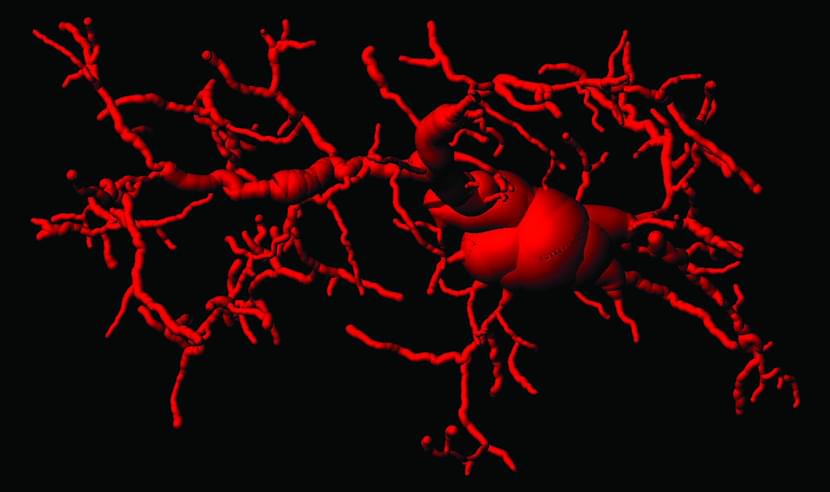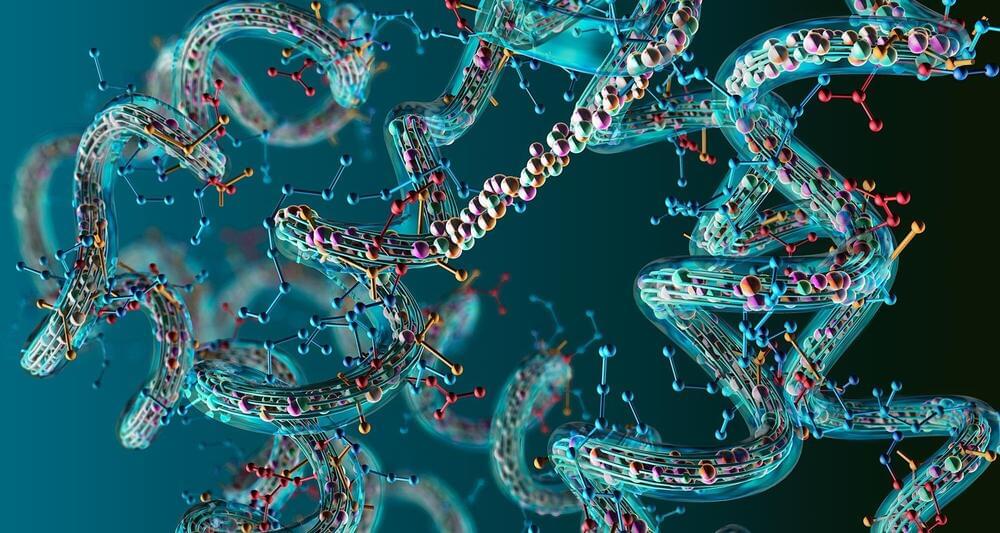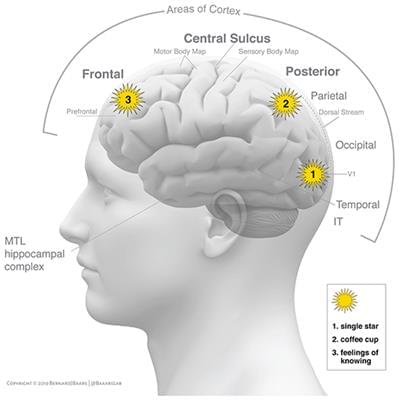Calculations inscribed on a clay tablet helped ancient people document property boundaries, new research suggests.
Get the latest international news and world events from around the world.

How immunity contributes to aging and neurodegeneration
As we age, our bodies undergo various changes that can impact our overall health and make us more susceptible to diseases. One common factor in the aging process is low-grade inflammation, which contributes to age-related decline and impairment. However, the precise pathways responsible for this inflammation and their impact on natural aging have remained elusive until now.
A new study led by Andrea Ablasser at EPFL now shows that a molecular signaling pathway called cGAS/STING plays a critical role in driving chronic inflammation and functional decline during aging. By blocking the STING protein, the researchers were able to suppress inflammatory responses in senescent cells and tissues, leading to improvements in tissue function.
The findings are published in the journal Nature.


Single-Protein Nanopore Method Detects Post-Translational Modifications
At the University of Oxford, scientists have developed a nanopore technology that can identify three different post-translational modifications (PTMs) in individual proteins, even deep within long protein chains. The scientists asserted that their technology “[lays] the groundwork for compiling inventories of the proteoforms in cells and tissues.”
The technology was introduced in Nature Nanotechnology, in a paper titled, “Enzyme-less nanopore detection of post-translational modifications within long polypeptides.” The paper noted that single-molecule proteoform identification requires knowledge of the architecture of long polypeptide chains, knowledge that has proven elusive. Although there are methods for translocating folded proteins through solid-state nanopores or protein nanopores of large sizes, these methods have yet to locate PTMs within a polypeptide sequence. The methods that have detected PTMs have been able to do so only within short peptides.
In their paper, the Oxford scientists described their approach: We use electro-osmosis in an engineered charge-selective nanopore for the non-enzymatic capture, unfolding, and translocation of individual polypeptides of more than 1,200 residues. Unlabeled thioredoxin polyproteins undergo transport through the nanopore, with directional co-translocational unfolding occurring unit by unit from either the C or N terminus. Chaotropic reagents at non-denaturing concentrations accelerate the analysis.

Cygnus Solar Arrays Successfully Deployed
The solar arrays have successfully deployed on Northrop Grumman’s Cygnus cargo spacecraft that is on its way to deliver more than 8,200 pounds of scientific investigations, cargo, and supplies to the International Space Station after launching at 8:31 p.m. EDT Sunday from NASA’s Wallops Flight Facility on the Eastern Shore of Virginia.


Elon Musk says Tesla is now working on ‘final piece of the FSD AI puzzle’
Elon Musk says Tesla is now working on the “final piece of the Full Self-Driving (FSD) AI puzzle,” and apparently that is “vehicle control.”
Despite his best efforts to stop making predictions about self-driving, the CEO has recently still predicted that Tesla would achieve full autonomy by the end of the year.
For many of us who use Tesla’s FSD Beta regularly, it is hard to imagine that Tesla can make the jump from the current state to a level 4 or 5 of autonomy where the automaker would take responsibility for the system and enable drivers to use it without monitoring in just a few months.

Decoding the Mysteries of the “Wonder Material” Graphene Through Rainbow Scattering
New research uses protons to shine a light on the structure and imperfections of this two-dimensional wonder material.
Graphene is a two-dimensional wonder material that has been suggested for a wide range of applications in energy, technology, construction, and more since it was first isolated from graphite in 2004.
This single layer of carbon atoms is tough yet flexible, light but with high resistance, with graphene.

The Global Workspace Theory of Consciousness
Global Workspace Theory (GWT) can be compared to a theater of mind, in which conscious contents resemble a bright spot on the stage of immediate memory, selected by a spotlight of attention under executive guidance. Only the bright spot is conscious; the rest of the theater is dark and unconscious. GWT has been implemented in a number of explicit and testable global workspace models (GWM’s). These specific GW models suggest that conscious experiences recruit widely distributed brain functions that are mostly unconscious (unreportable). A large body of new findings support that view. For example, brain experiments show that while unconscious visual stimuli evoke high activity in visual cortex, identical conscious stimuli reveal an additional spread of high brain activity to frontal and parietal lobes (Dehaene, 2001). Similar results have been found for hearing, touch, pain, and sensorimotor skills (Baars, 2002). The conscious waking state supports such fast, flexible, and widespread brain interactions, while unconscious states do not (Baars et al, 2004). These findings illustrate the ability of the GW framework to suggest novel and falsifiable hypotheses.

Global Workspace Theory (GWT) and Prefrontal Cortex: Recent Developments
In this work, we provide a brief overview of Global Workspace Theory (GWT), along with recent developments and clarifications of modern neuroscientific evidence. GWT started in the 1980s as a purely psychological theory of conscious cognition, and has become a prominent approach in scientific studies of consciousness (Mashour et al., 2020). Based on today’s far more detailed understanding of the brain, GWT has adapted to new waves of evidence. The brain-based version of GWT is called Global Workspace Dynamics (GWD) (Baars et al., 2013; Baars and Geld, 2019) precisely because the cortex is viewed as a “unified oscillatory machine” (Steriade, 1999). GWT therefore joins other theories in viewing consciousness as the product of highly integrated and widespread cortico-thalamic (C-T) activity, following a long trail of evidence (Dehaene et al., 1998).
Here we aim to clarify some empirical questions that have been raised, and review evidence that the prefrontal and posterior regions support dynamic global workspace functions, in agreement with several other authors. Static, gross anatomical divisions are superseded by the dynamical connectome of cortex.
We aim to correct the following misunderstandings. In a recent paper, Raccah et al. (2021) claimed that the prefrontal cortex (PfC) is not causally involved in enabling consciousness, based on a review of intracranial electrical stimulation (iES) experiments. We will show that Raccah et al.’s claim that the prefrontal cortex (PfC) does not support consciousness is incorrect.